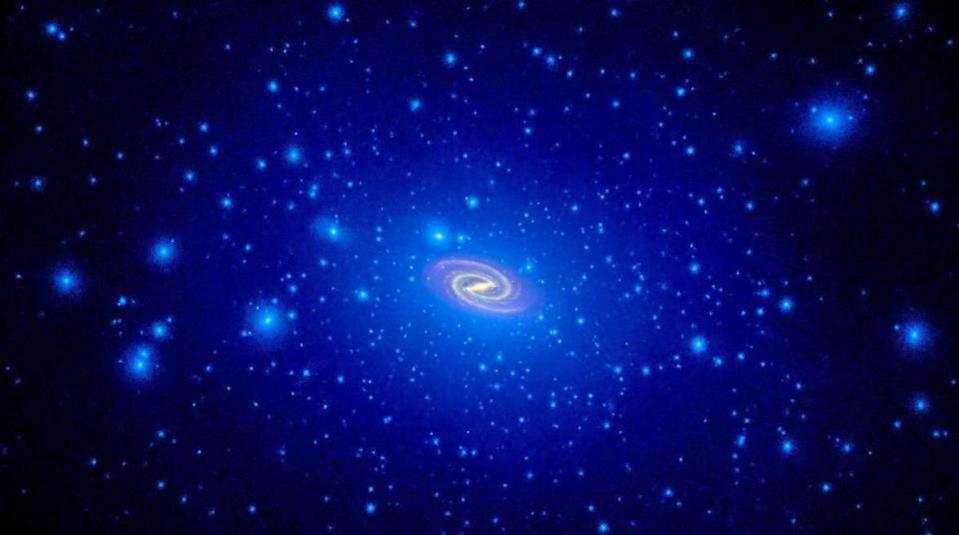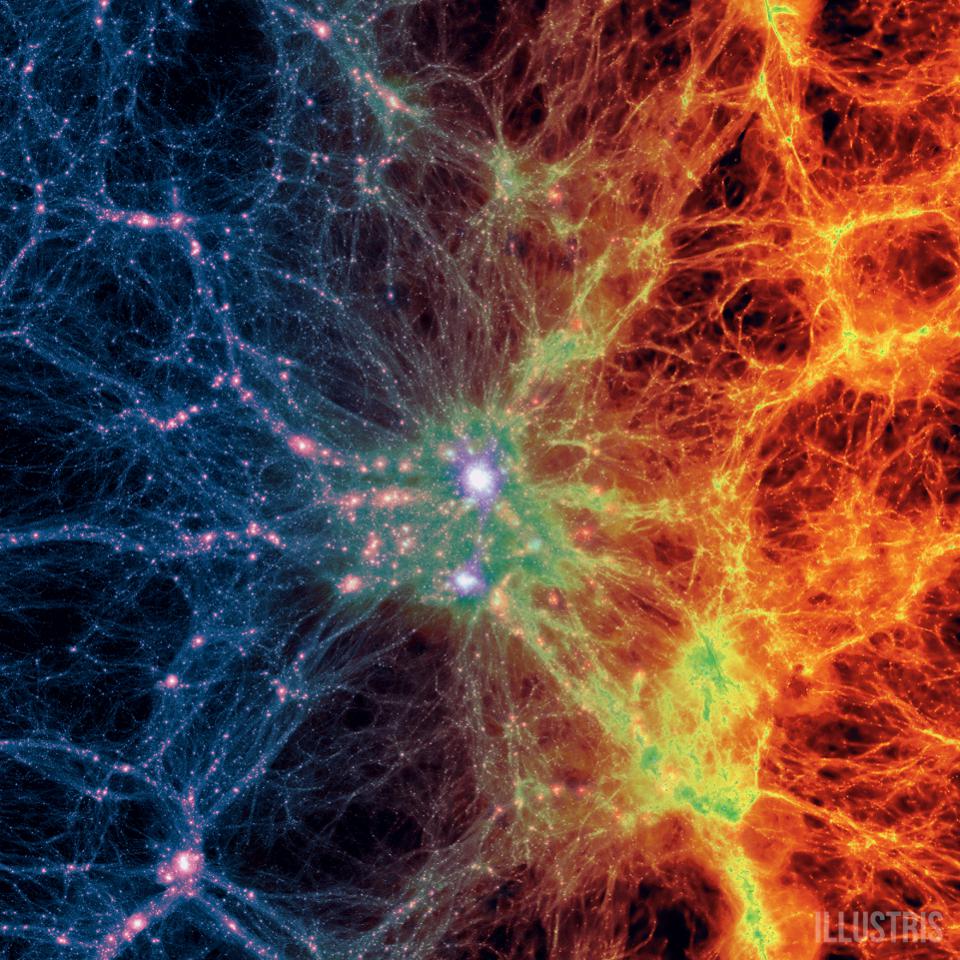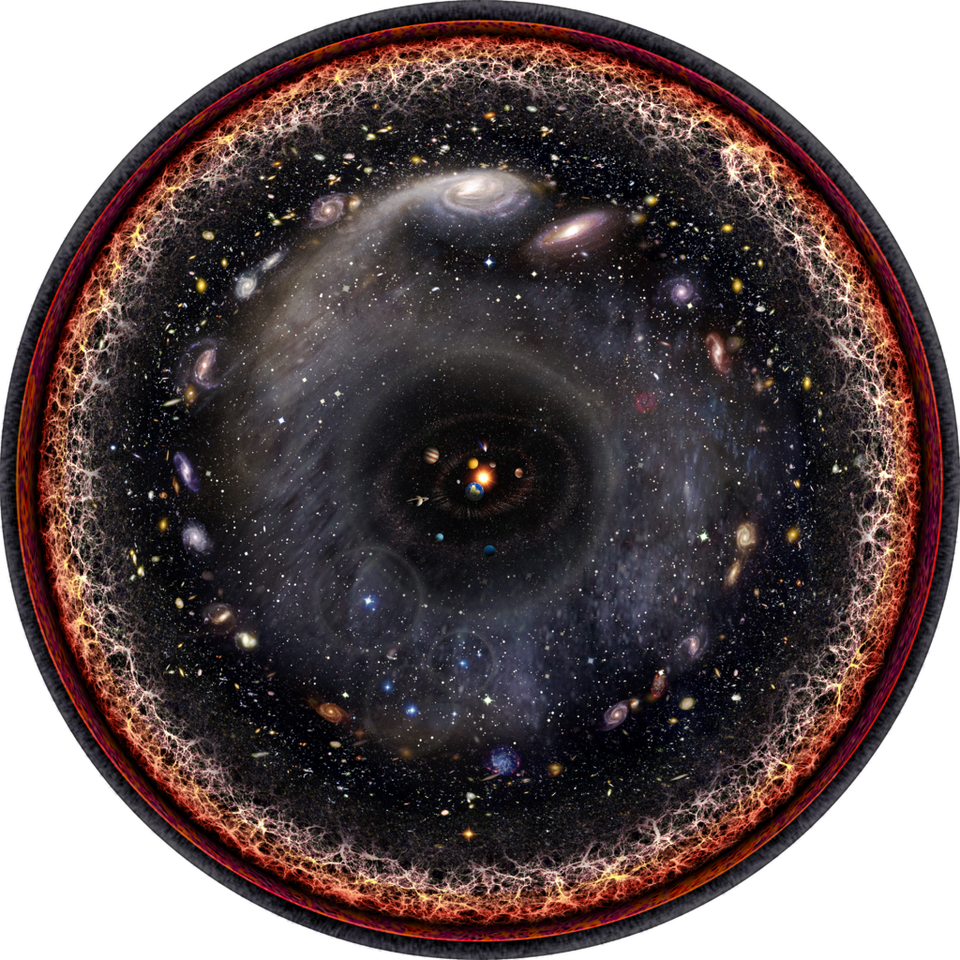Mostly Mute Monday: The most astounding picture of stars beyond our galaxy

How the Hubble Space Telescope captured Andromeda and showed us a Universe we’ve never seen.
“We are stardust, we are golden,
We are billion year old carbon,
And we got to get ourselves back to the garden.”
–Crosby, Stills, Nash & Young
With billions of stars apiece, most galaxies appear only as indistinct shapes through even powerful telescopes.
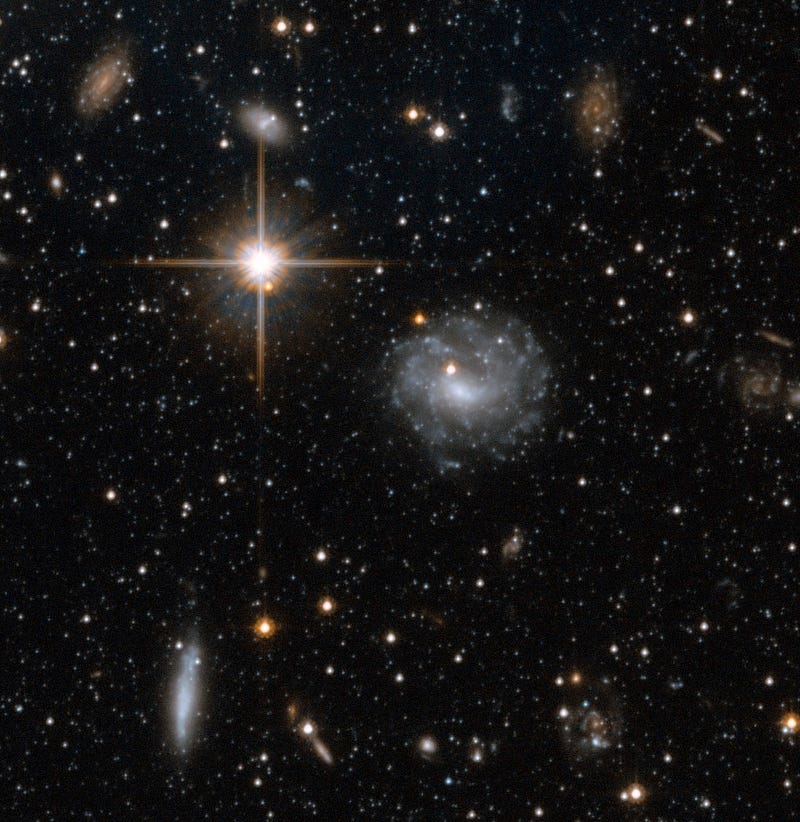
But thanks to:
- being above the atmosphere,
- looking at the closest galaxies,
- and imaging away from the crowded center,
the Hubble Space Telescope actually can resolve individual, extragalactic stars.
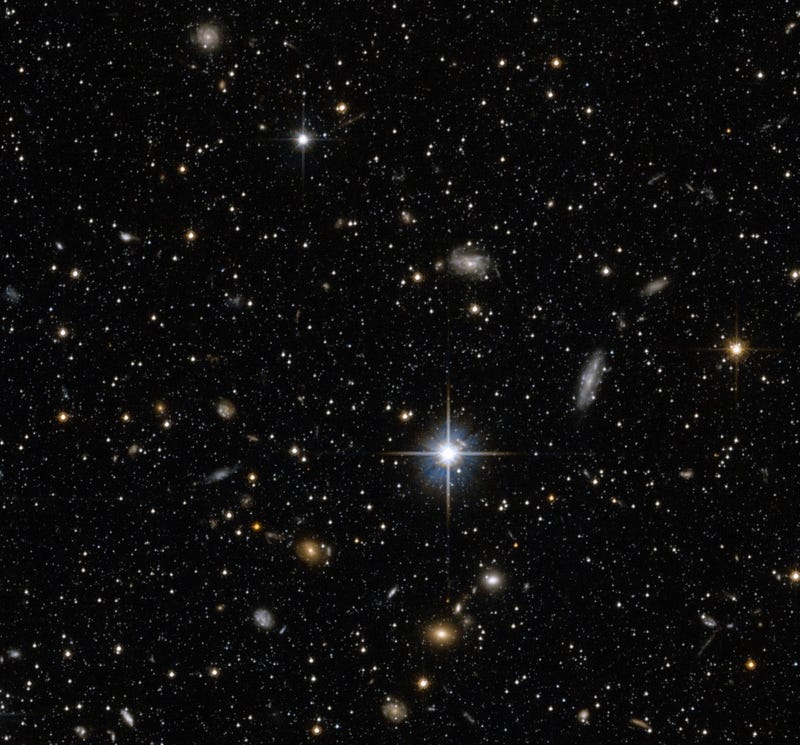
What it reveals is that galaxies are not opaque and dense, but rather a glittering set of jewels separated by great interstellar distances.
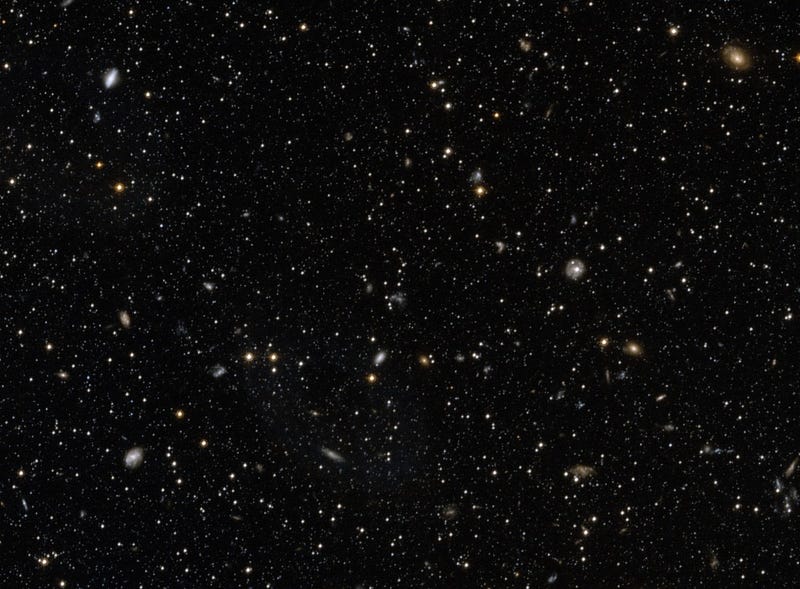
From 2004–2007, Hubble took four high resolution images of Andromeda, our closest large neighbor galaxy.
https://www.youtube.com/watch?v=ZMsPKsBvT54
While they look similar on the surface, they show vastly different parts of this galaxy.

The outer disc of Andromeda (above) shows a wide variety of stars, including many Sun-like ones and older variables.
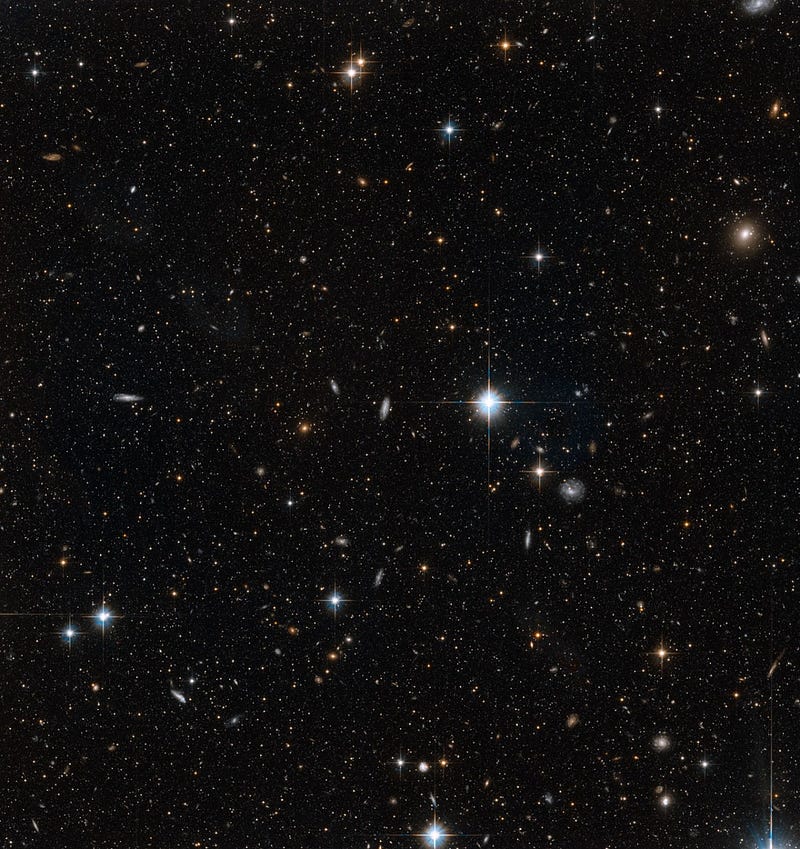
The stars from the giant stellar stream are also densely packed, obscuring the Universe beyond.
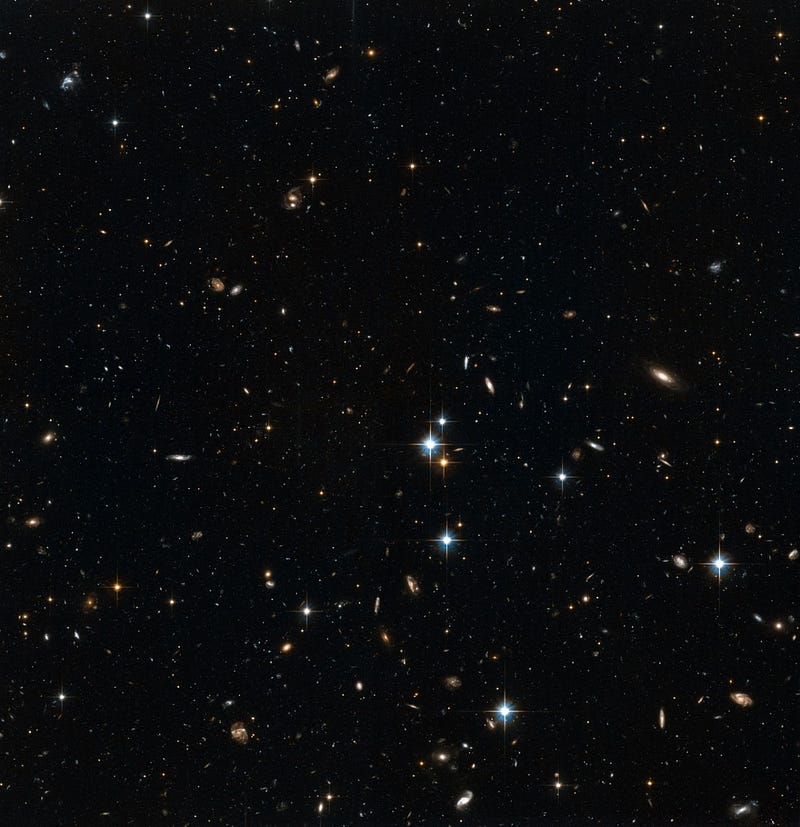
But the images of the diffuse halo are low in density, revealing many background galaxies.

These low-density regions contain many of the oldest, least evolved stars, lower in heavy elements than those found in the disk.

Meanwhile, the galaxies visible through the gaps in the stars are hundreds of millions to billions of light years distant.
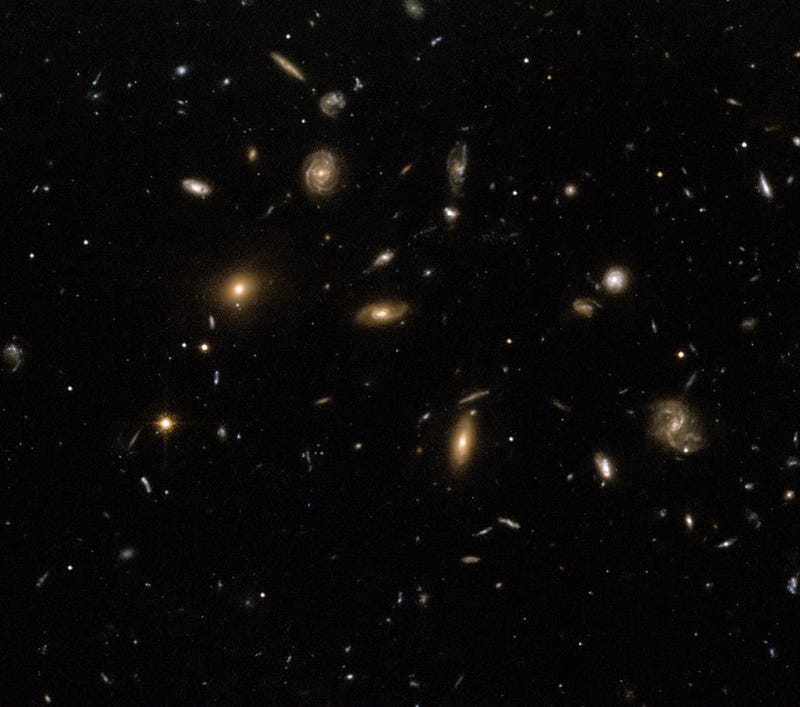
Mostly Mute Monday tells the story of a single astronomical phenomenon or object in visuals, images and video in no more than 200 words.
This post first appeared at Forbes. Leave your comments on our forum, check out our first book: Beyond The Galaxy, and support our Patreon campaign!

